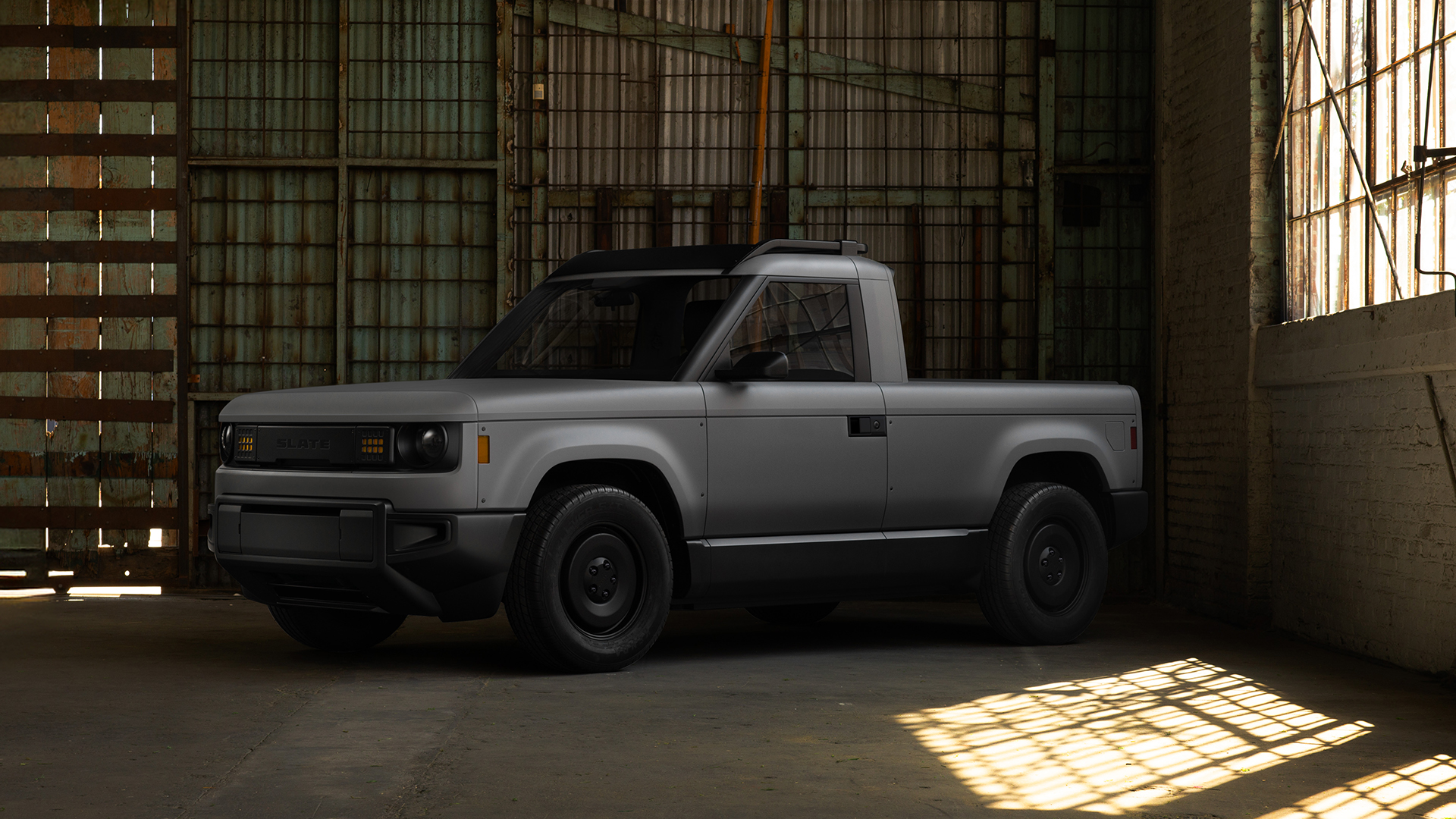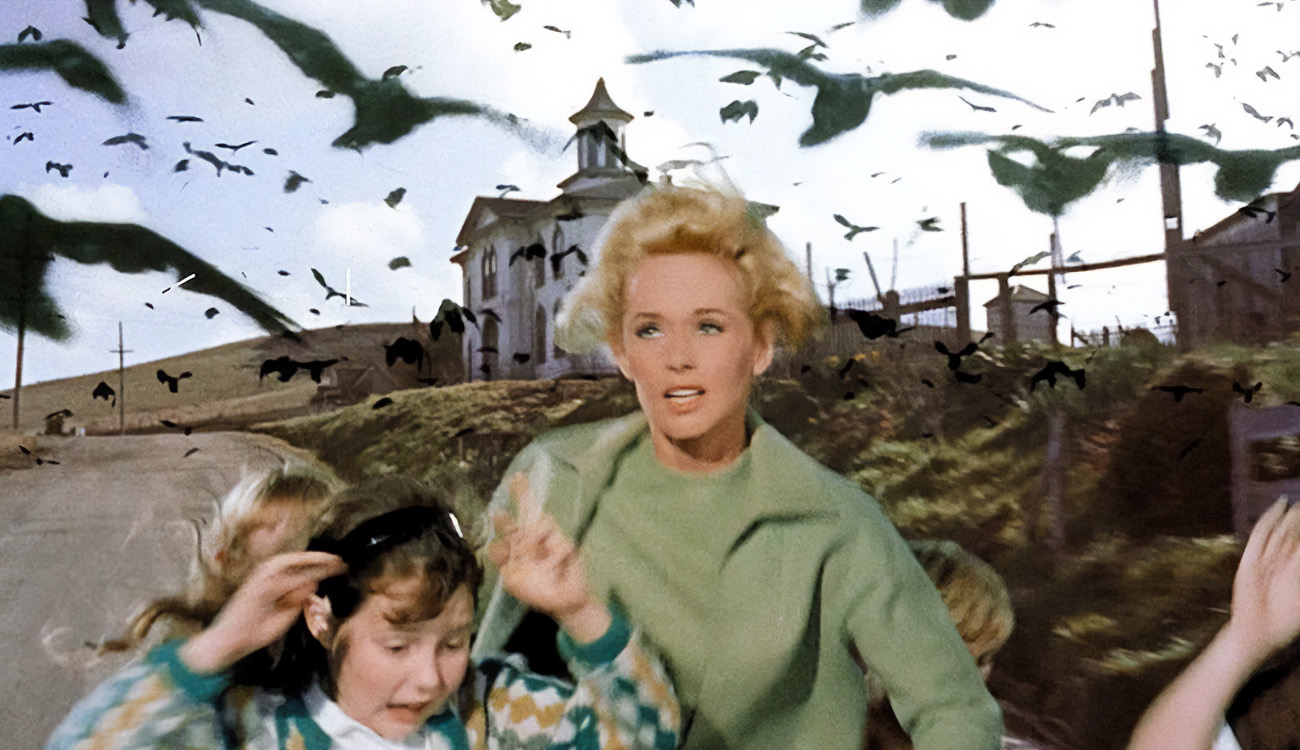RIP the DJI Phantom, the drone that started it all – and got me into aerial photography
DJI has officially withdrawn support for the Phantom 4 Pro and Advanced, effectively retiring its venerable – and pioneering – Phantom range for good.

The idea has been hanging in the air for a few years (pun very much intended), and now it’s finally happened: DJI has killed off its long-running Phantom drone.
The company recently announced that, as of 1 June 2025, it’ll be suspending after-sales support and servicing for its Phantom 4 Pro and Phantom 4 Advanced drones. This means there’ll be no more official technical support or product maintenance for these two models – and that doesn’t come as a great surprise, given that neither of them has been in production since 2018. It’s just the way of the consumer electronics world: things move quickly, nothing lasts forever, and resources need to be directed towards newer products.
Still, when a product line as iconic as the Phantom comes to an end, it feels like a momentous occasion. After all, this is the drone series that truly popularized and democratized aerial photography and videography, taking them from something only experts and professionals could undertake into hobbies available to anyone with a few hundred pounds to spare.
DJI launched the line in January 2013 with the original Phantom (later known as the Phantom 1), a distinctive white quadcopter that used a GPS-based navigation to hover steadily in place. It didn’t include a built-in camera but could accommodate an optional GoPro Hero.
By the end of the year, its successor the Phantom 2 Vision had arrived, complete with a gimbal-mounted camera capable of capturing 14MP photos and 1080p video plus the ability to deliver a live feed directly to the pilot’s smartphone, which would be mounted on the remote controller.
A truly visionary drone
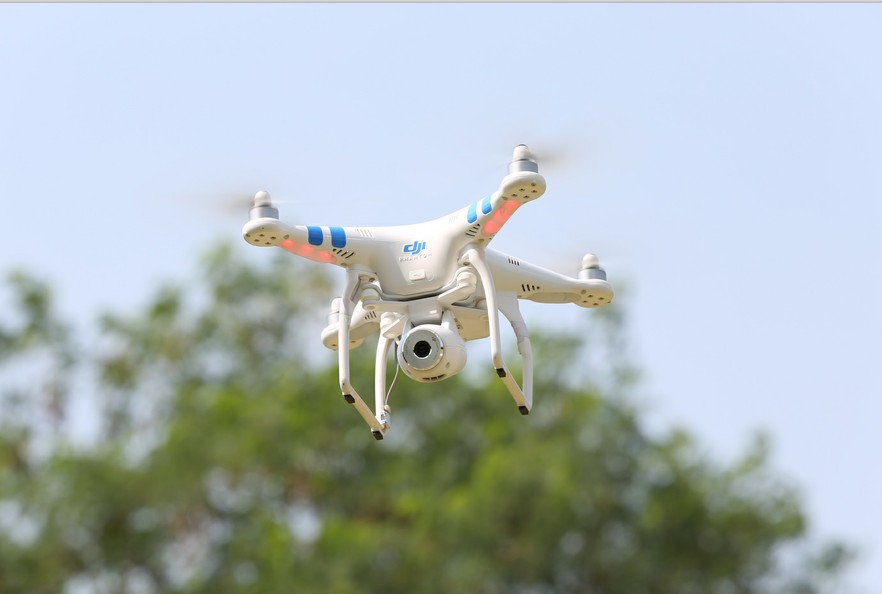
Back in early 2014, the Phantom 2 Vision became the first drone I ever reviewed. Or ever flew, for that matter. I’d been writing about cameras and photography for a few years already, but the idea of being able to take a camera up into the sky and gain an entirely new perspective on the world felt incredibly fresh and exciting.
I was living in New York at the time and often took this (rather ungainly) white quadcopter soaring above the parks, playgrounds, streets, buildings of my neighborhood in Brooklyn, and even over the East River.
The footage looks extremely rough these days, but at the time there was nothing else like it out there. It felt crazy and more than a little transgressive to be flying above the city capturing HD video – like the Phantom had given me access to a secret world that very few others had cottoned onto yet. I never quite had the guts to fly it among the skyscrapers and packed streets of Manhattan, even if the drone laws back then were a lot less strict than they are today.
Few non-techy people even knew about the existence of consumer camera drones in 2014, and I’d often have to field questions from intrigued passers-by – which could be difficult to answer adequately whilst simultaneously trying to keep a drone that had nothing in the way of anti-collision technology in the air.
I crashed several review samples of this and other Phantoms over the following years (sorry, DJI PR people!), not only in New York but when I eventually returned home to the UK – memorably ploughing one straight into a tree seconds after informing a curious dog-walker that “these things are pretty much impossible to crash”.
The Phantoms did get less accident prone over the years, incorporating more and more of the autopiloting and obstacle avoidance technology that we’ve come to take for granted in today’s DJI drones. They also saw the introduction of better cameras, gimbals to keep those cameras dead level with the horizon, and batteries that went on for far longer than the Phantom 2’s stingy 15-minute lifespan.

By the time the Phantom 4 Advanced arrived in 2017, the range was capable of capturing 4K video and flying for almost 30 minutes on a charge. However, it soon became clear that DJI’s priorities were shifting to its folding drones like the Mavic and later Mini and Air series. And why not? For all the Phantom’s charms and lightweight build, its inability to fold down to a conveniently portable size made it a pain to carry, whereas the Mavic, Air and Mini series will easily fit into a backpack – or even a pocket, in the Mini’s case.
DJI's drones dominate practical every drone category today, from the feature-packed sub-250g Mini 4 Pro, to the triple camera Mavic 3 Pro, with others offering superb value such as the Mini 4K beginner drone.
It is probably an apt time, then, for the Phantom to fade away into darkness like the spirit for which it’s named. But even if it’s gone, I’ll certainly never forget those early days of the range. It was a truly ground-breaking product that essentially built the consumer drone market from nothing. Godspeed, DJI Phantom – and may your props never stop spinning.





































































































































































![[The AI Show Episode 145]: OpenAI Releases o3 and o4-mini, AI Is Causing “Quiet Layoffs,” Executive Order on Youth AI Education & GPT-4o’s Controversial Update](https://www.marketingaiinstitute.com/hubfs/ep%20145%20cover.png)




























































































































![[FREE EBOOKS] Learn Computer Forensics — 2nd edition, AI and Business Rule Engines for Excel Power Users & Four More Best Selling Titles](https://www.javacodegeeks.com/wp-content/uploads/2012/12/jcg-logo.jpg)





![From Art School Drop-out to Microsoft Engineer with Shashi Lo [Podcast #170]](https://cdn.hashnode.com/res/hashnode/image/upload/v1746203291209/439bf16b-c820-4fe8-b69e-94d80533b2df.png?#)






































































































(1).jpg?#)
































_Inge_Johnsson-Alamy.jpg?width=1280&auto=webp&quality=80&disable=upscale#)







































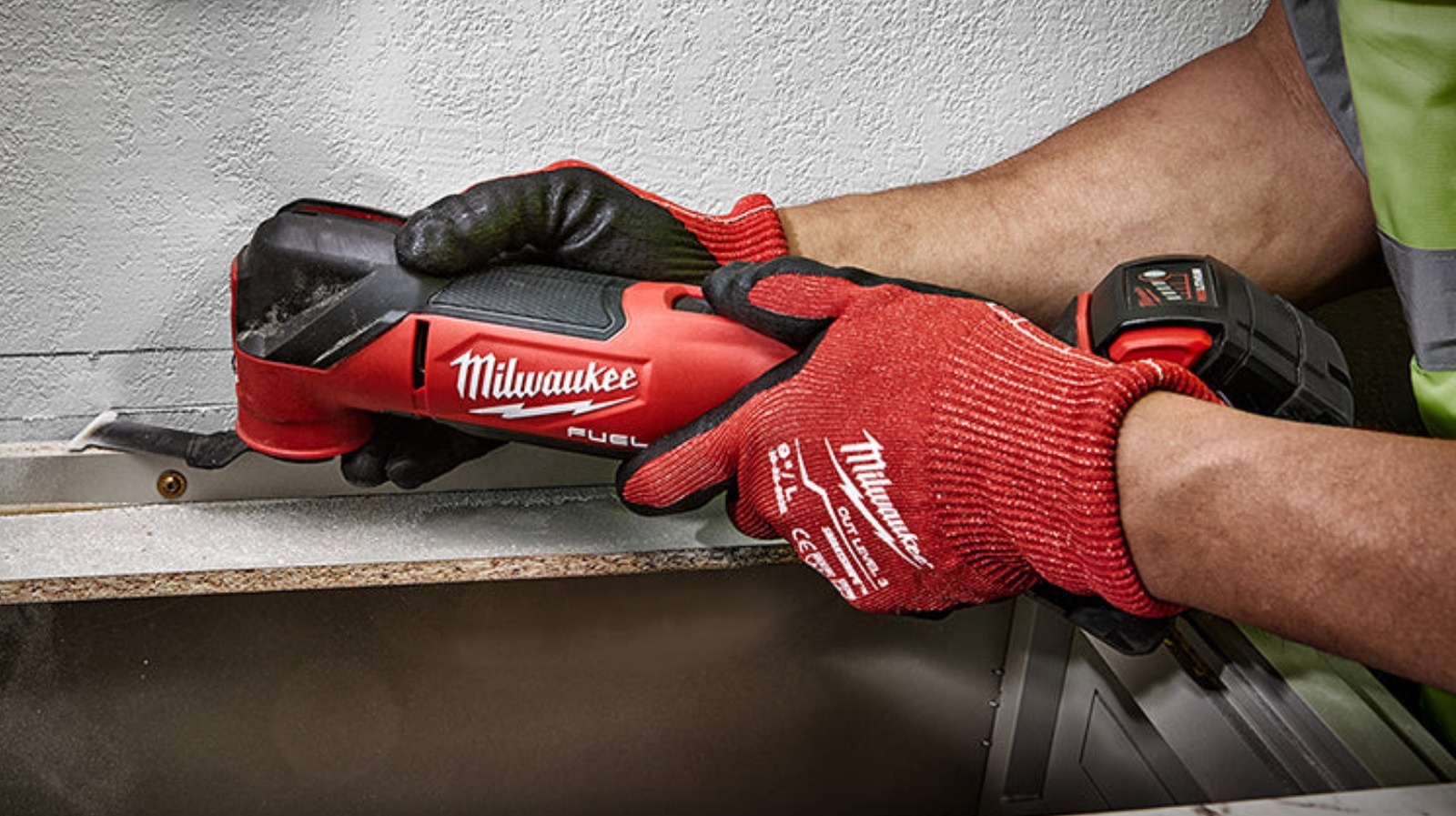
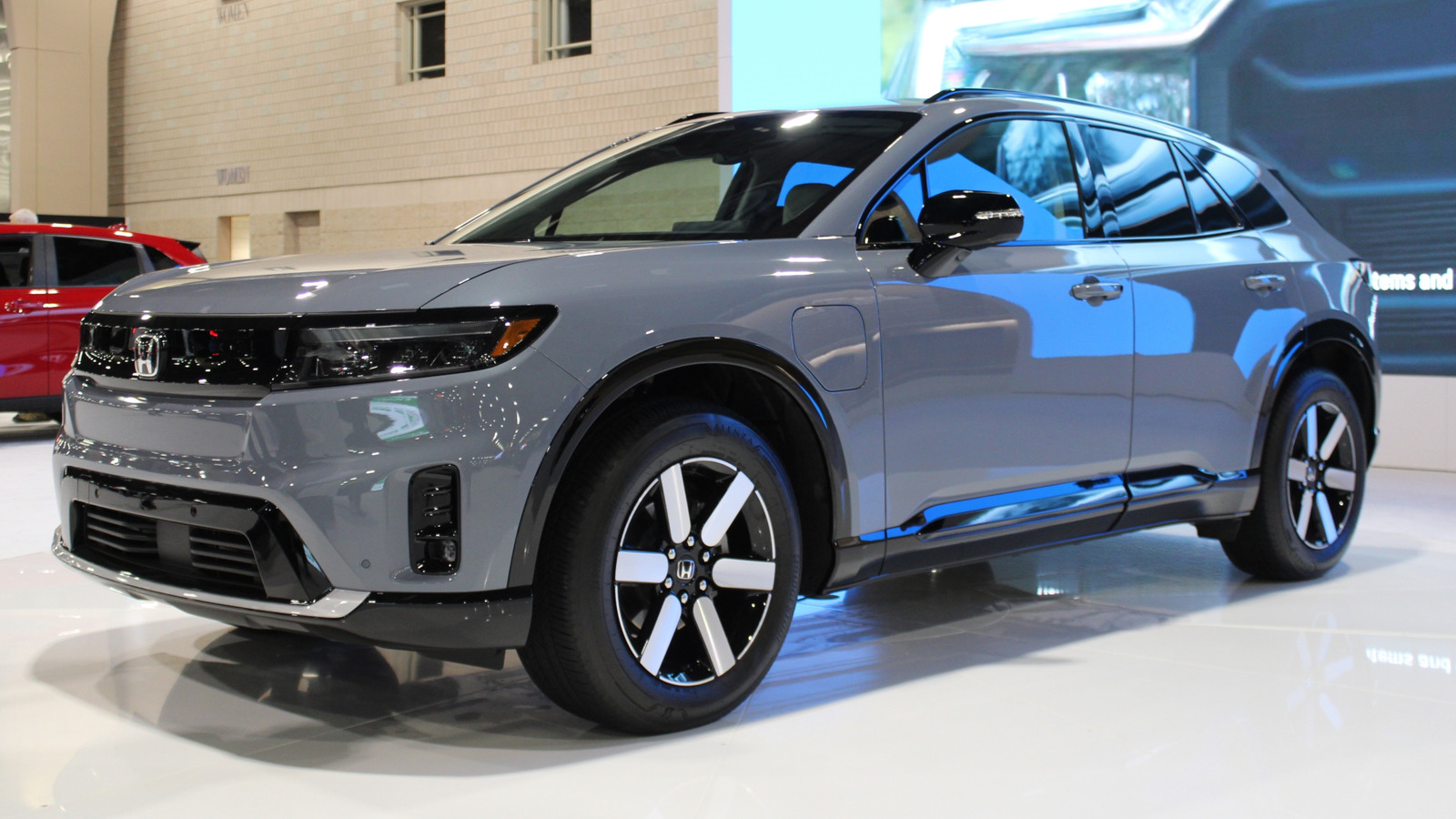


































































![Apple to Split iPhone Launches Across Fall and Spring in Major Shakeup [Report]](https://www.iclarified.com/images/news/97211/97211/97211-640.jpg)
![Apple to Move Camera to Top Left, Hide Face ID Under Display in iPhone 18 Pro Redesign [Report]](https://www.iclarified.com/images/news/97212/97212/97212-640.jpg)
![Apple Developing Battery Case for iPhone 17 Air Amid Battery Life Concerns [Report]](https://www.iclarified.com/images/news/97208/97208/97208-640.jpg)
![AirPods 4 On Sale for $99 [Lowest Price Ever]](https://www.iclarified.com/images/news/97206/97206/97206-640.jpg)
































![[Updated] Samsung’s 65-inch 4K Smart TV Just Crashed to $299 — That’s Cheaper Than an iPad](https://www.androidheadlines.com/wp-content/uploads/2025/05/samsung-du7200.jpg)

































































